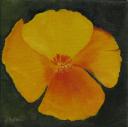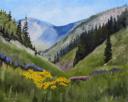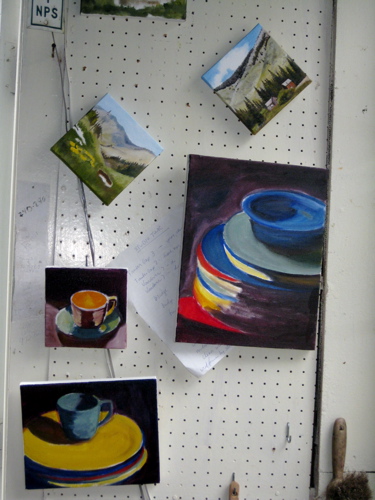Look at what I did yesterday:
- painted the mural
- took paintings to the Mural Gallery
- looked at a mural that will need some repair – climbed onto the scaffolding and took reference photos of it
- got home and unloaded the mural stuff from the car, carried things out to the studio and other things to the computer. Still others had to be moved into the workshop – stuff, stuff, stuff!
- finished 2 little oils of oranges and began 2 more
- put hanging hardware on the backs of 10 canvases
- posted an entry to my blog
- printed out a price list to mail to a customer
- updated the inventory lists of paintings
- worked on my “lecture” for the Creative Center Reception tonight!
There were a lot of other non-work related tasks squeezed into the day, but I just thought you might enjoy seeing what the life of a busy artist can look like! This is really really fun, by the way. 😎





















